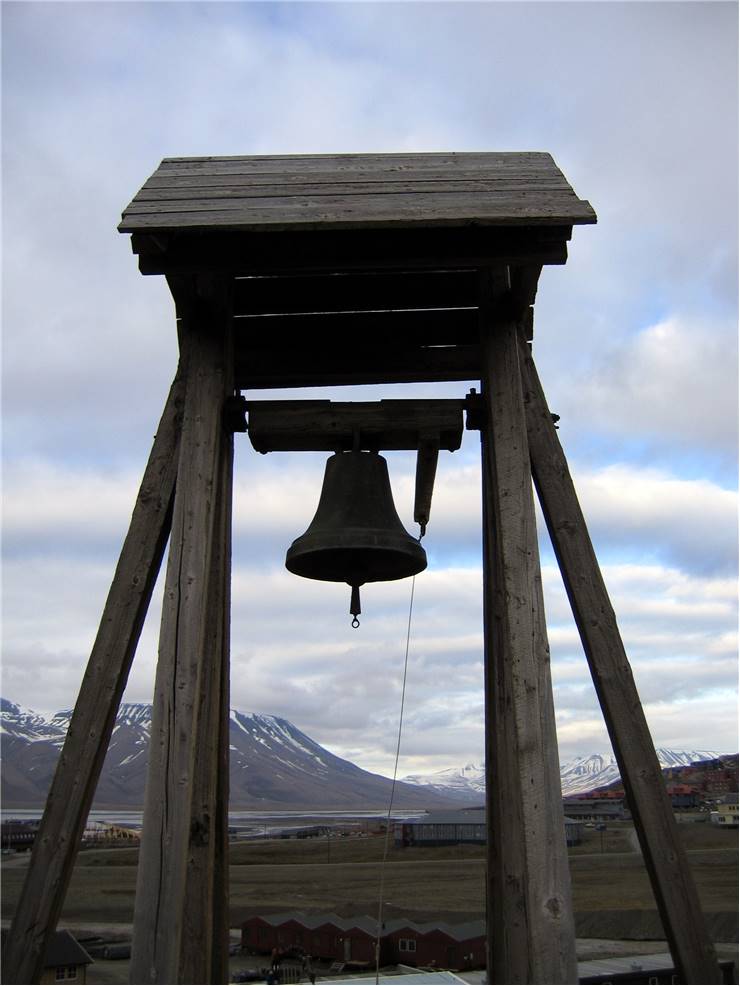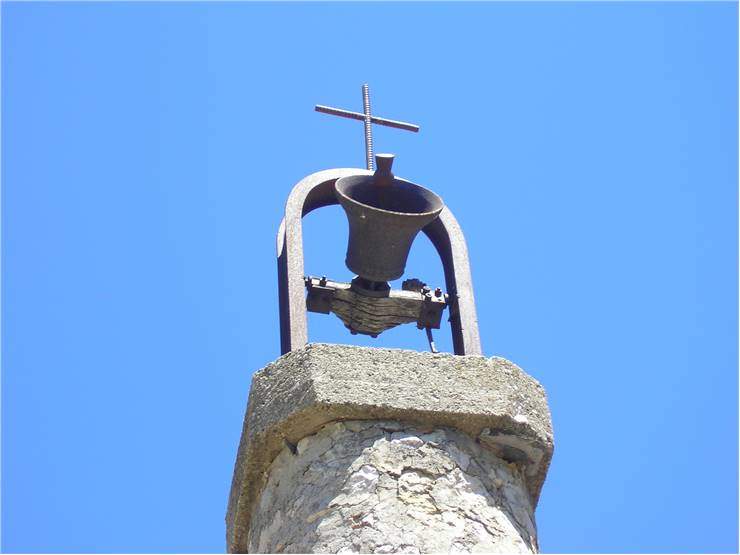History of Bell Ringing
History of bell ringing has become deeply rooted in our culture ever since Chinese metalworkers managed to create first metal bells some 3-4 thousand years ago. During this early periods of our history bells were used as excellent means of information transfer across large distances, such as notifying workers about end of their work shift. As time went by, creation of bells in china advanced and they become symbol of stats and power.
Between 1000 and 200BC, ringing of bells were used to showcase power and wealth of the owner and musicians started developing their own versions of bells that could produce several notes.
European countries started adopting bell ringing with the help of Christianity. Around 400 AD bells were adopted into churches Bishop of Nola in Campania named Paulinus. From that point on, monastery metalworkers started honing their craft and slowly spreading their knowledge across the Europe. Their popularity stared taking hold after they reached France and Italy, but their introduction into Great Britain proved to be a very important. Bells arrived there in 6th century, and started spreading very fast between 650 and 750. By 10th century their use became so commonplace that Bishop of London and Archbishop of Canterbury created strict rules for their use by Church.

One of the most important moments in the history of bells happened in 8th century, when English saint Bede introduced the tradition of ringing bells at funerals. After that moment, popularity of bells in Europe rose like never before, spreading like a wildfire and enabling metalworkers funds to create more larger and innovative designs. During the rise of Renaissance and Gothic architecture, bell towers became symbols of power and influence, often being created to be very high and very intricately made.



